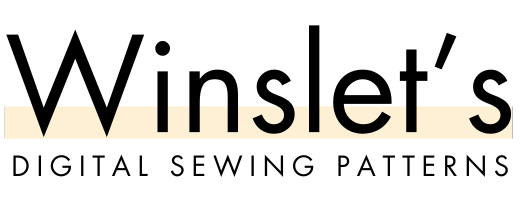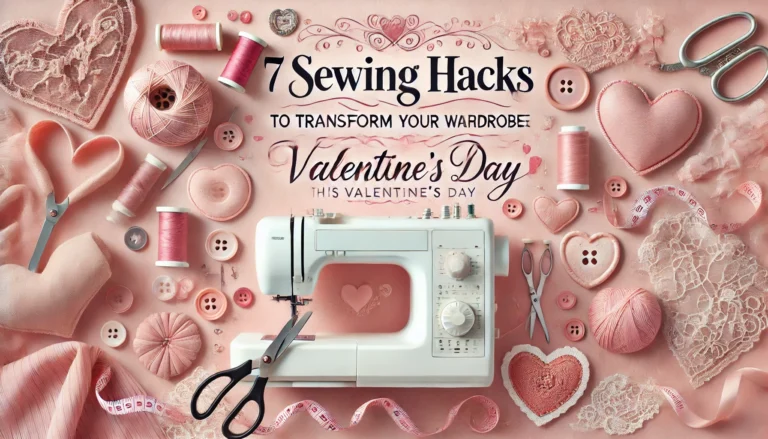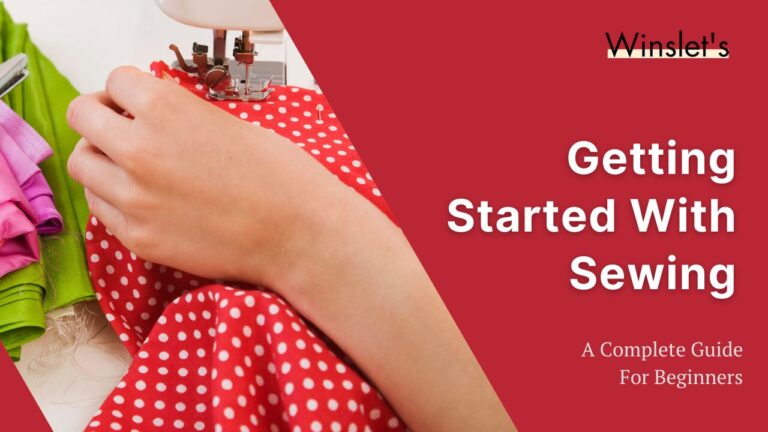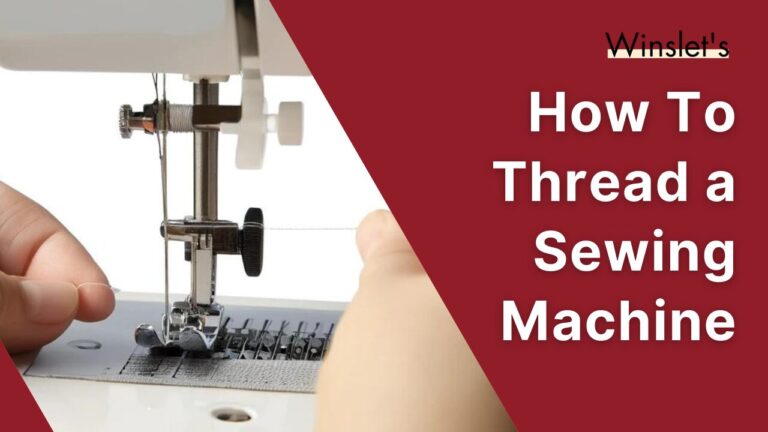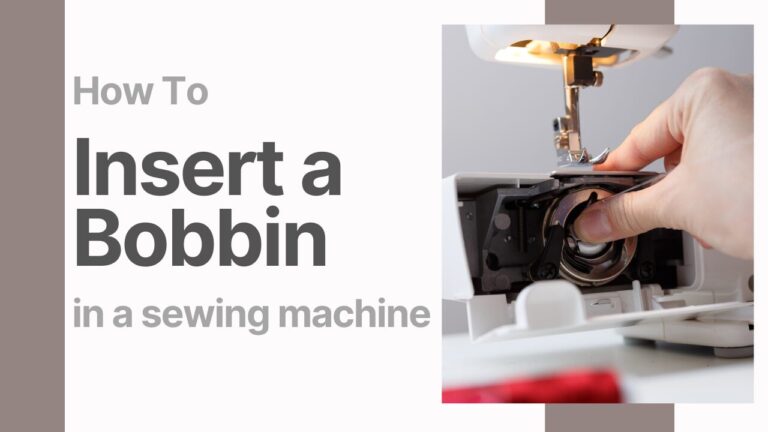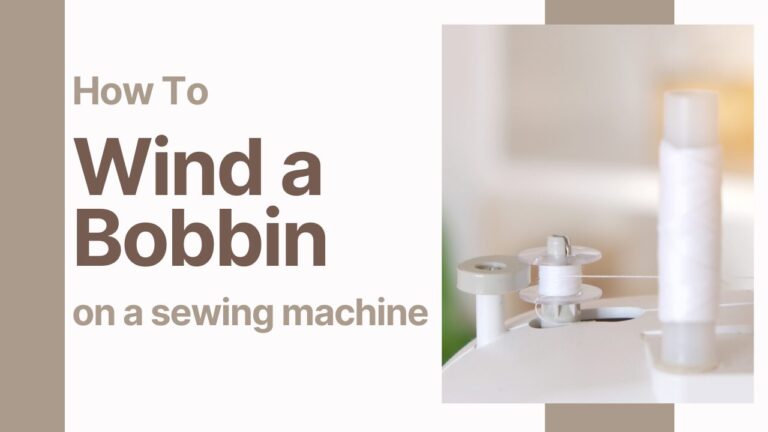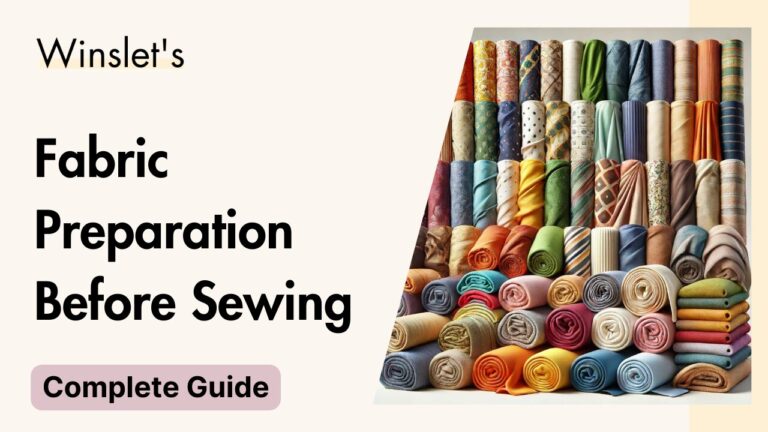Serger: A Comprehensive Guide for Beginners
If you’ve been eyeing those beautifully finished seams and professional-looking edges on garments and crafts, it might be time to consider adding a serger to your sewing arsenal.
What is a serger?
A serger, also known as an overlock machine, is a specialized sewing machine used to create durable and professional-looking seams in fabric. But with so many options out there, how do you know which serger is right for you as a beginner? Don’t worry; I’ve got you covered with everything you need to know about sergers in this post!

(Singer)
Think of a serger as the sidekick to your sewing machine. Unlike a regular sewing machine, a serger typically has two upper threads and two lower threads (loopers), along with a knife that trims the fabric edges as it sews. This results in neatened edges and professional-looking seams, perfect for a variety of projects, especially stretchy fabrics like knits.
The 3-thread stitch serger is your go-to for neatening edges, while the 4-thread stitch serger offers extra reinforcement and is suitable for both neatening and garment construction.
Different parts of a Serger
Let’s delve into the key elements that make up this versatile tool for seam finishing and garment construction:

(Source)
- Handwheel: The handwheel is used to manually control the machine’s needle and loopers. Turning it allows for adjustments in stitch length, width, and tension.
- Thread Guides: These handy guides ensure your threads feed smoothly.
- Threads Tension Controls: Controls thread tension for optimal stitching.
- Thread Holders: This is where you place the spools of thread. They keep the threads organized and provide tension control before feeding them into the machine for stitching.
- Blade: Trim fabric edges as you sew.
- Scrap Fabric Catcher: Collects trimmed fabric edges for easy cleanup.
- Differential Feed Dials: Adjusts fabric feeding for different fabric types.
- Stitch Length: Set the desired stitch size for your project.
Learn about the various components that make up a serger in this video:
Serger Accessories
Enhance your serging experience with these optional accessories:
- Serger Thread

(Amazon)
Serger threads are thicker and stronger than regular sewing threads, ideal for securing seams and creating durable, professional-quality finishes. They come in different colors and types for various projects.
- Serger Needles

(Amazon)
Serger needles are specialized for overlock machines, ensuring smooth fabric edges. They vary in size and type for different fabrics.
- Serger Foot

(Amazon)
The serger foot is used to create professional-looking seams by trimming fabric edges and overlocking them simultaneously.
- Gathering Foot

(Singer)
This foot can easily create soft gathers in light to medium weight fabrics. It also allows for the attachment of gathered layers onto other projects or pieces of fabric.
- Cording Foot

(Amazon)
This foot facilitates the insertion of one to three lengths of cords for cording purposes. It allows you to adorn pillows, garments, or any desired item effortlessly. This foot streamlines tasks that could otherwise be quite tedious when performed manually.
Choosing the Right Serger
Now that you’re familiar with the basics, it’s time to find your perfect match. As a beginner, consider a serger that offers user-friendly features like easy threading, adjustable settings, and helpful tutorials or guides. Look for models with a reputation for reliability and customer support in case you need assistance along the way.
Additionally, think about your sewing goals and the types of projects you’ll be tackling. If you plan to work primarily with lightweight fabrics, a serger with adjustable tension and differential feed will be essential. On the other hand, if you’re venturing into more heavy-duty projects, prioritize a serger with sturdy construction and multiple stitch options.
Before making your final decision, don’t forget to read reviews, compare prices, and even test-drive different models if possible. Remember, the right serger for you is the one that meets your needs, fits your budget, and inspires you to create awesome projects. SewingInsight has reviewed and recommended sergers that you could have a look
Summary: Serger Basics
Selecting the right serger requires considering several key factors. Firstly, assess your sewing needs and project requirements. Determine the types of fabrics you’ll be working with and the complexity of your projects. Next, evaluate the features offered by different serger models, such as stitch options, differential feed, and threading ease. Consider the machine’s durability, brand reputation, and customer support. Lastly, establish a budget and compare prices to find the best value for your investment.
If you are a sewist, have a look at our recommended sewing machines: beginner sewing machines, sewing tools and notions, coverstitch sergers and overlock machines, embroidery machines and quilting sewing machines, sewing practice sheets and sewing project planner.
If you are looking for sewing patterns, here are some great options: Activewear Sewing Patterns, Plus Size Sewing Patterns, Outerwear Sewing Patterns, Jumpsuit Sewing Patterns, Coord Set Sewing Patterns, Pants Sewing Patterns, Shorts Sewing Patterns, Skirts Sewing Patterns, Dress Sewing Patterns, Top Sewing Patterns, Bodycon Sewing Patterns, Evening Dresses Sewing Patterns, Loungewear Sewing Patterns, Cottagecore Sewing Patterns, Free Sewing Pattern.
Happy Stitching.
